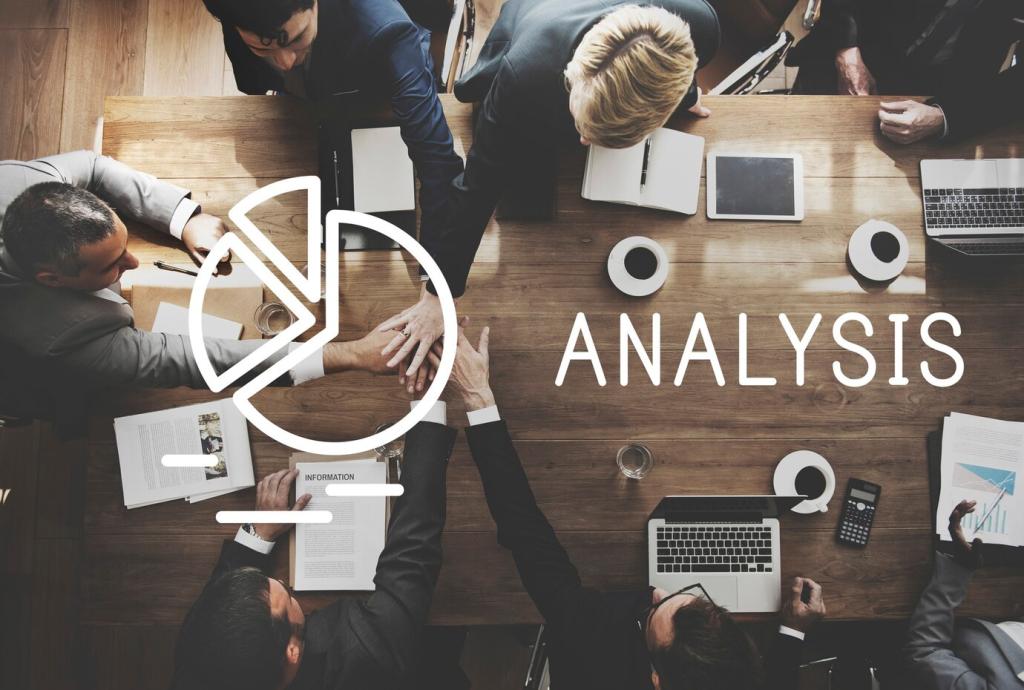Today's Theme: Top Platforms for Social Outcomes Tracking
From Activities to Real Outcomes
Top platforms help organizations evolve from counting workshops and handouts to tracking lasting changes in knowledge, behavior, income, health, and wellbeing. They connect indicators to milestones along a theory of change, preserving context and nuance while supporting longitudinal follow‑up that reveals true, sustained progress.
Stakeholder Trust and Transparent Reporting
When dashboards are clear, methods are documented, and indicators are comparable, trust grows. Communities see their voices reflected, and funders understand what works, for whom, and why. Transparent reporting reduces duplication, aligns expectations, and opens space for learning instead of defensive grant narratives.
Learning Loops and Faster Adaptation
Modern platforms shorten the distance between data collection and decision making. With timely insights, teams can pivot mid‑cycle, invest where momentum builds, and sunset activities with weak signals. Small improvements compound across programs, making learning a routine habit rather than a heroic, year‑end scramble.

Core Capabilities That Distinguish Top Platforms
Leading platforms map indicators directly to outcomes and assumptions, supporting cohorts, longitudinal records, disaggregation, and custom taxonomies. They flex to different programs without breaking comparability, linking qualitative narratives with quantitative evidence to preserve meaning while enabling rigorous aggregation across projects and time.
Core Capabilities That Distinguish Top Platforms
APIs, standard schemas, and ready connectors reduce manual work. Smooth integrations with survey tools, case management, finance, and visualization layers prevent silos, while data pipelines keep master records clean. The result is less copy‑paste, fewer errors, and a shared source of truth organizational stakeholders can trust.
Core Capabilities That Distinguish Top Platforms
Field‑ready forms offer offline sync, skip logic, media capture, translations, accessibility options, and built‑in consent flows. Enumerator workflows prioritize dignity and clarity, minimizing survey fatigue. Good capture experiences honor participants, produce higher‑quality data, and respect constraints in rural, low‑connectivity, or high‑privacy environments.
Choosing the Right Platform for Your Context
Early-Stage and Resource-Constrained Teams
Start lightweight with simple forms, clean indicator definitions, and a clear outcome framework. Pair essential data capture with basic dashboards and disciplined governance. Choose tools that scale later, avoiding lock‑in while building habits for version control, documentation, and ethical data practices from day one.
Growing Organizations with Multiple Programs
Seek role‑based access, advanced disaggregation, cohort tracking, and flexible taxonomies. You’ll need templated projects, standardized indicators, and automation that reduces repetitive tasks. Prioritize integrations with existing systems so staff experience one coherent workflow rather than juggling disconnected interfaces and duplicate data entry.
Large, Distributed Networks and Federations
Look for multi‑country support, robust data governance, harmonized indicator libraries, and configurable templates that balance local autonomy with global comparability. Enterprise security, audit trails, single sign‑on, and multilingual interfaces help networks maintain quality while scaling credible outcome evidence across diverse contexts and partners.



Data Ethics, Privacy, and Equity by Design
01
Informed Consent and Dignity
Build transparent consent into forms with plain language, multilingual scripts, and options to skip sensitive items without penalty. Offer participants control over data use and easy withdrawal pathways. Respect for dignity must be a non‑negotiable feature, not an afterthought added during deployment.
02
Bias Checks and Inclusive Indicators
Audit instruments for representation and fairness. Disaggregate by gender, age, disability, location, and other relevant variables to reveal hidden gaps. Involve community advisors to refine indicators, ensuring data illuminates inequities and drives changes that communities recognize as meaningful improvements in their daily lives.
03
Security, Compliance, and Stewardship
Prioritize role‑based permissions, encryption at rest and in transit, audit logs, and robust backup policies. Document retention periods and conduct impact assessments where required. Responsible stewardship protects people, strengthens credibility, and ensures outcome evidence remains a source of empowerment rather than risk.


Your Next Steps: Pilot, Learn, and Scale
Define a narrow set of outcomes, clear success criteria, and a ninety‑day timeline. Involve real users early, test integrations, and rehearse reporting. Hold a candid debrief, archive lessons, and decide to scale, refine, or pivot based on evidence rather than intuition alone.
Your Next Steps: Pilot, Learn, and Scale
Platforms succeed when teams do. Budget for training, create data champion roles, and document governance. Establish routine feedback cycles and office hours. Celebrate learning wins, not just vanity metrics, so your culture values curiosity and iteration as much as compliance and polished slides.
